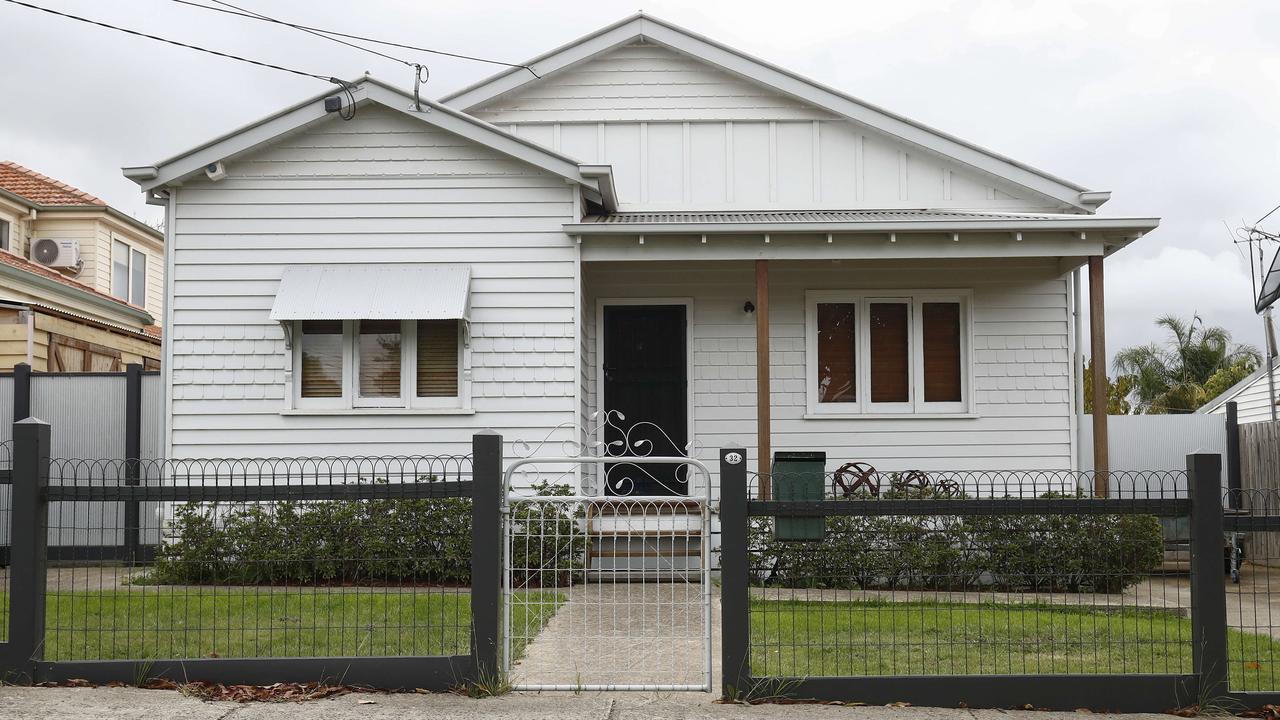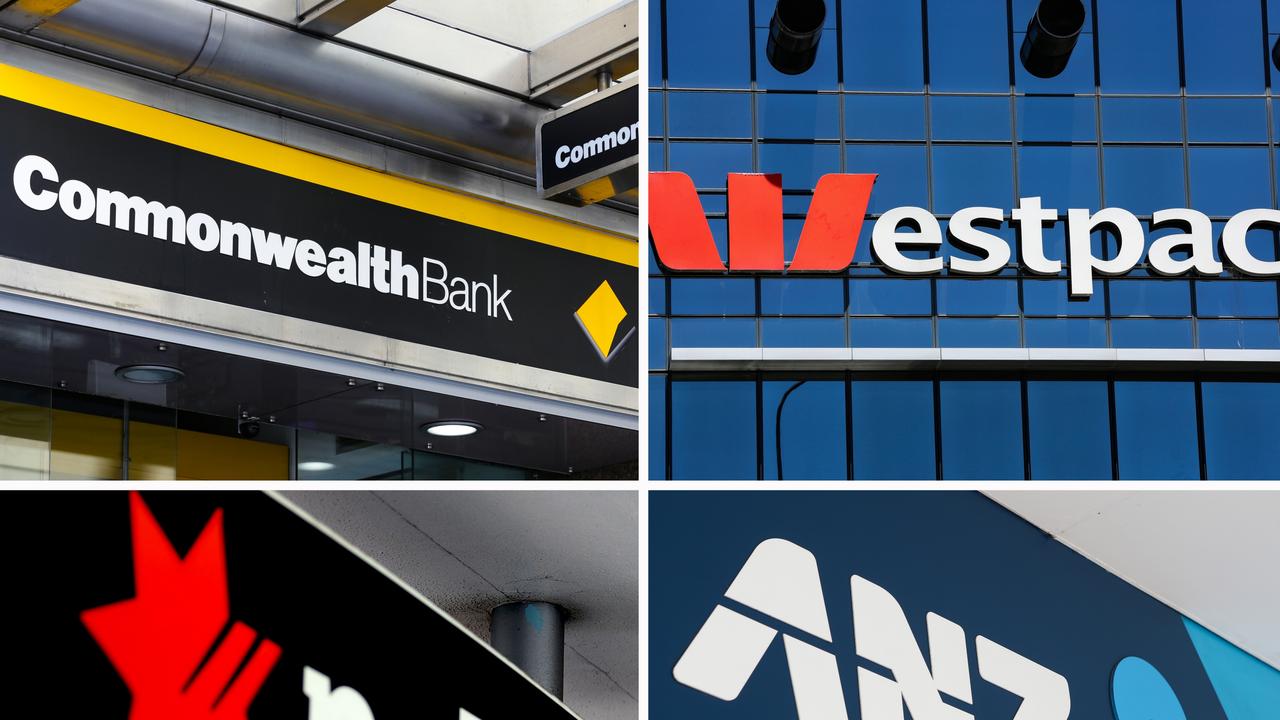How much of Australia does China own?
Between ports, energy, dairy processors, cattle stations, waterfront mansions and country estates – just how much of Australia does China own?

Between ports, energy companies, dairy processors, cattle stations, waterfront mansions and country estates – just how much of Australia does China own?
Our biggest trading partner also remains one of our biggest sources of foreign investment, although rising tensions between the two countries have resulted in a sharp drop-off over the past two years.
According to the Australian Bureau of Statistics, China was our ninth-largest foreign investor at the end of 2019 with a total of $78.2 billion, accounting for 2 per cent of the total – however a large amount of Chinese investment comes via Hong Kong, which comes in fifth place with $141 billion, or 3.7 per cent of the total.
New Chinese commercial investment in Australia nearly halved in 2019 to just $2.5 billion, according to the Australian National University’s Chinese Investment in Australia (CHIIA) database, having fallen for three consecutive years since peaking at $15.8 billion in 2016.
Slightly different figures produced by the University of Sydney and KPMG, which are based on date of contracting, put Chinese investment in Australia at $3.4 billion in 2019, a 58.4 per cent fall on the previous year.
CHIIA, which is considered the most accurate source of Chinese investment figures as it is based on actual transactions, showed major falls in mining, real estate, commercial property, manufacturing and agriculture, but modest gains in construction, education and finance.
“Judging from the information so far this year, we’d expect Chinese investment to be lower in 2020,” lead analyst Mary Ming Sheng told The Australian Financial Review in September. “That’s partly because of COVID-19 but also because the Australian investment environment has tightened.”
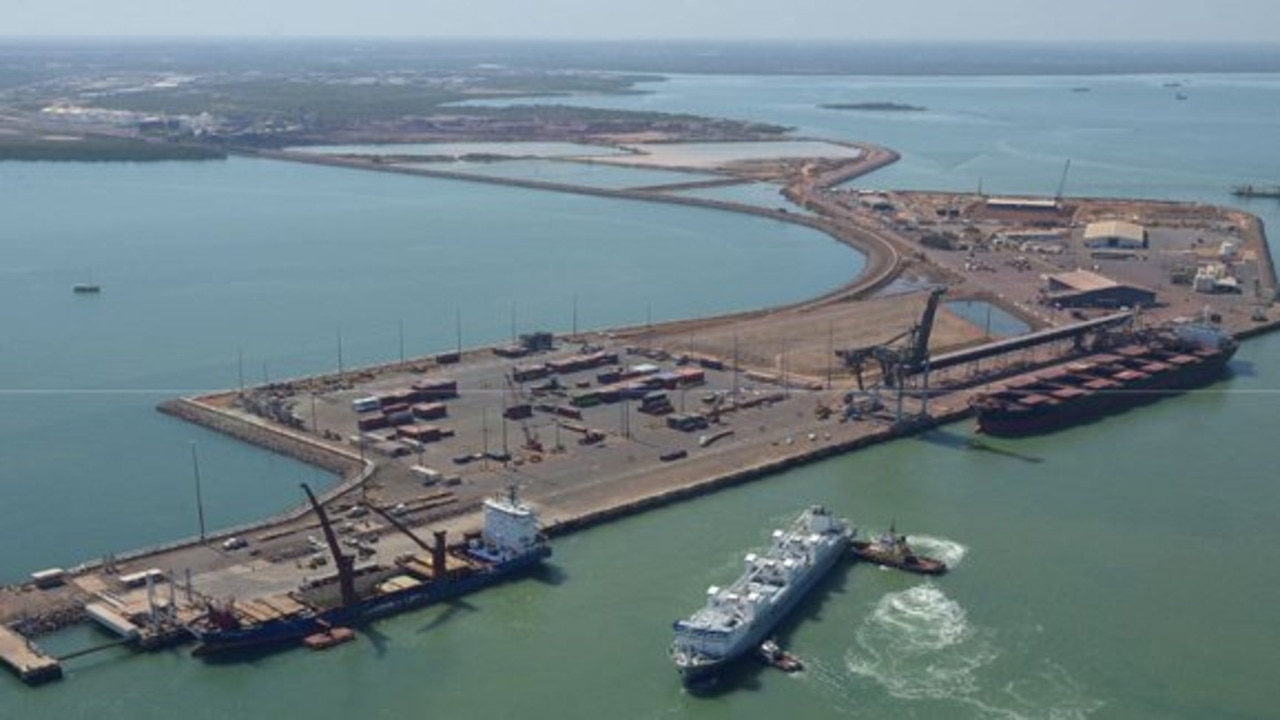
ANU professor Peter Drysdale, who heads the CHIIA project, attributed the fall to a combination of Beijing’s attempts to stem the flow of capital offshore and Chinese companies’ increasing focus on developing markets, to new regulatory barriers imposed by the Australian government.
“Chinese investors now view Australia as a more difficult place to invest in now, there’s no question about that,” he told the ABC.
The biggest transaction last year was the $1.5 billion sale of Tasmanian dairy processor Bellamy’s to Mengniu Dairy Company. But in August this year, Treasurer Josh Frydenberg blocked the $600 million sale of Lion Dairy to the same Chinese firm, labelling it “contrary to national interest”.
In September, Chinese property developer Poly Global pulled out of a late-stage $300 million deal to buy the Bingara Gorge residential development in southwestern Sydney from Lendlease, a move The Australian Financial Review reported came after a last-minute “directive from Beijing”.
“The economic challenges confronting both Australia and the world have forced all businesses to review their strategies and activities,” the company said in a statement to the paper.
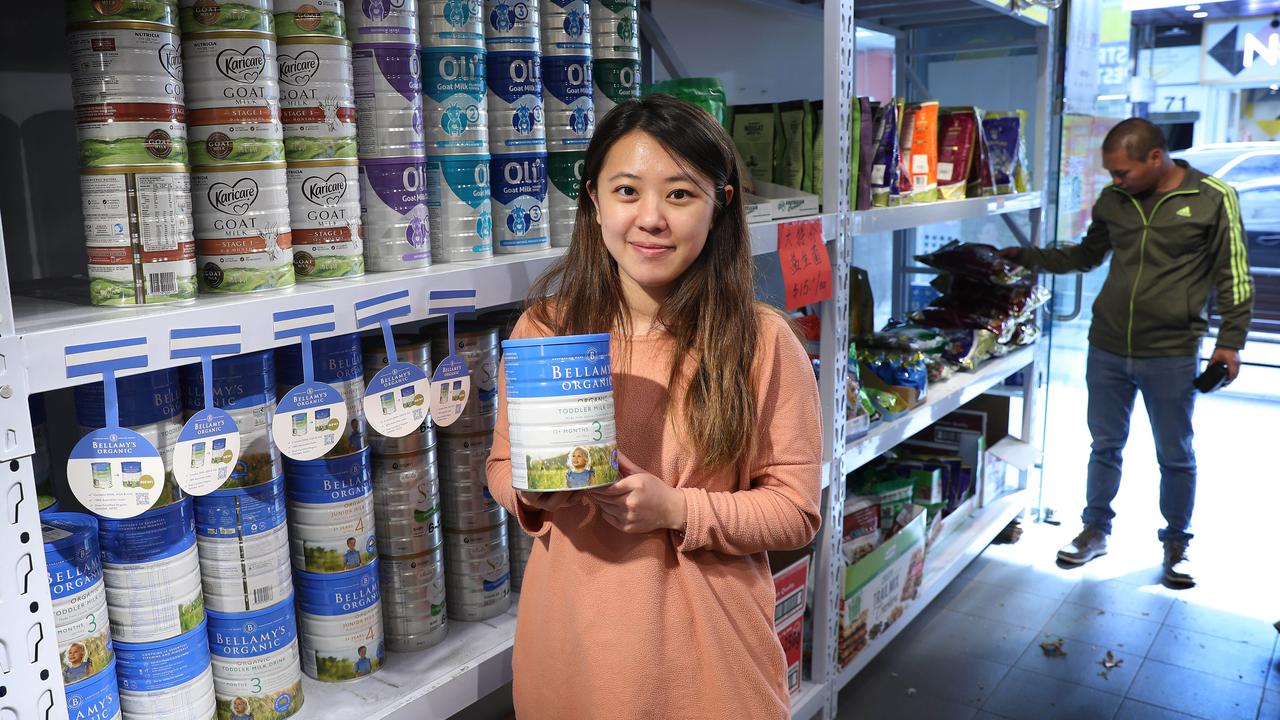
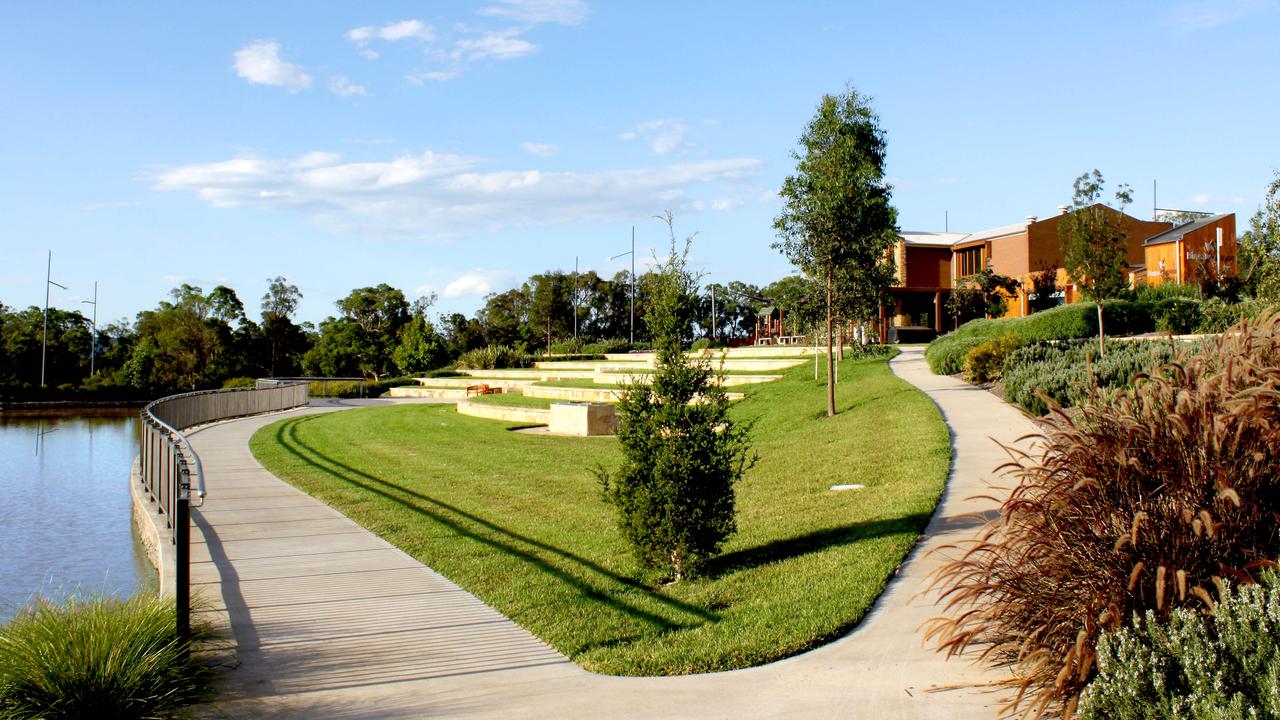
That came after the Federal Government brought in tough new foreign investor rules in March to protect distressed Australian assets during the pandemic. Under the changes, the Foreign Investment Review Board scrutinises all foreign investments for approval, regardless of the nature or value.
Mr Frydenberg also introduced a new national security test for investments in the telecommunications sector along with energy, sensitive utilities businesses and defence supply chains, and “last resort” powers allowing him to break up foreign investments in exceptional cases.
A number of Australian energy companies, for example, are owned by Chinese firms. EnergyAustralia, despite its name, is a wholly owned subsidiary of Hong Kong-based China Light and Power Co Ltd, while Alinta Energy is owned by Chow Tai Fook Enterprises.
Earlier this year, leaked documents obtained by the ABC and Nine Newspapers revealed that Alinta was potentially putting the personal data of its 1.1 million gas and electricity customers at risk with what an insider described as a “reckless approach to privacy and data”.
The sale of $4 billion sale of Alinta to the Chinese energy giant was signed off by then-Treasurer Scott Morrison in 2017 under a series of 10 secret FIRB conditions, largely related to data security.
A Treasury spokeswoman confirmed to the ABC that Alinta was “engaging constructively” with the FIRB to implement “remedial activities”, to be completed by December 2020.
With relations between Canberra and Beijing plunging to new lows in recent months, the Federal Government has been urged to take a second look at the Northern Territory government’s controversial 99-year lease of the Port of Darwin to Chinese-owned company Landbridge.
The $500 million deal, signed five years ago, has long been flagged as a national security risk, but Foreign Affairs Minister Marise Payne has said unlike Victoria’s “Belt and Road” memorandum of understanding, it would not fall under new foreign veto power laws as they only cover “government-to-government” agreements.
Northern Territory Labor MP Luke Gosling argued it “doesn’t take a degree in Sinology to understand that Western and Chinese private companies differ in important ways”. “A private company that owns critical infrastructure abroad is still accountable to Beijing,” Mr Gosling wrote in an article for the Australian Strategic Policy Institute.
“You won’t hear the government say this openly for obvious reasons – it oversaw the sale – but the 2015 lease of Darwin Port was part of the Belt and Road Initiative. Officially, the Darwin Port sale wasn’t badged as a BRI project. But it was undoubtedly part of it from Beijing’s point of view, even if not from ours.”
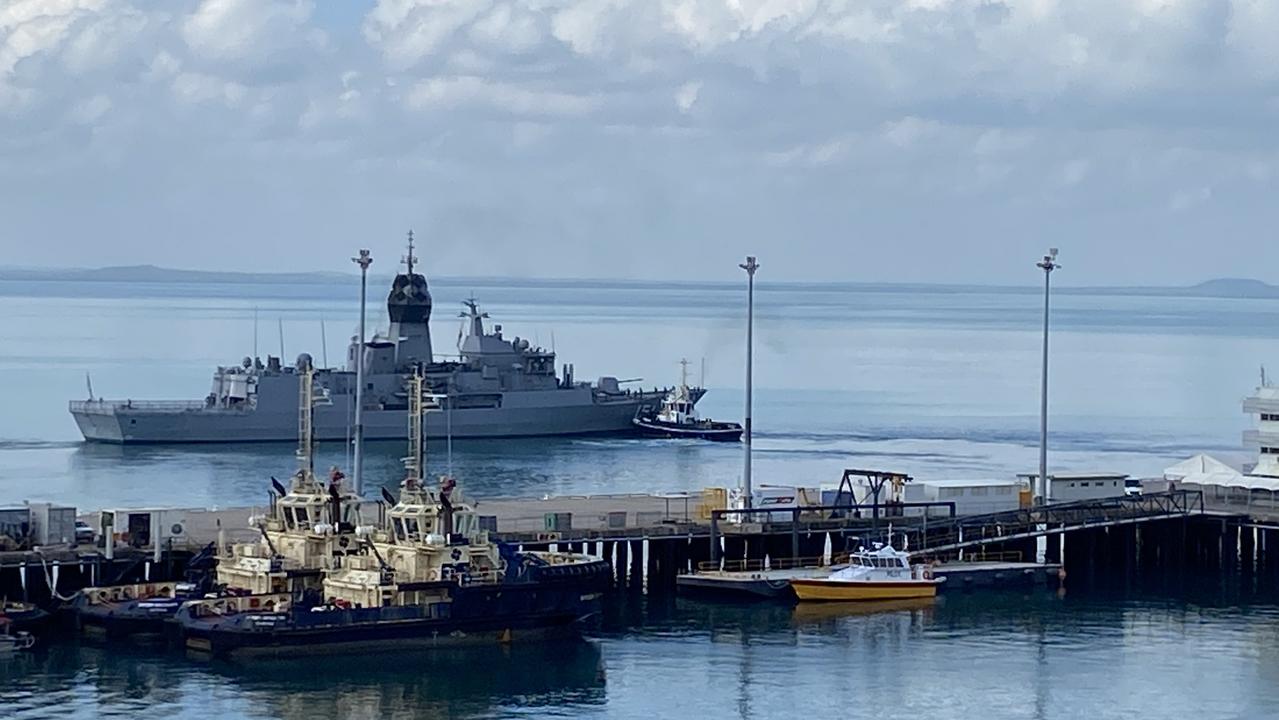
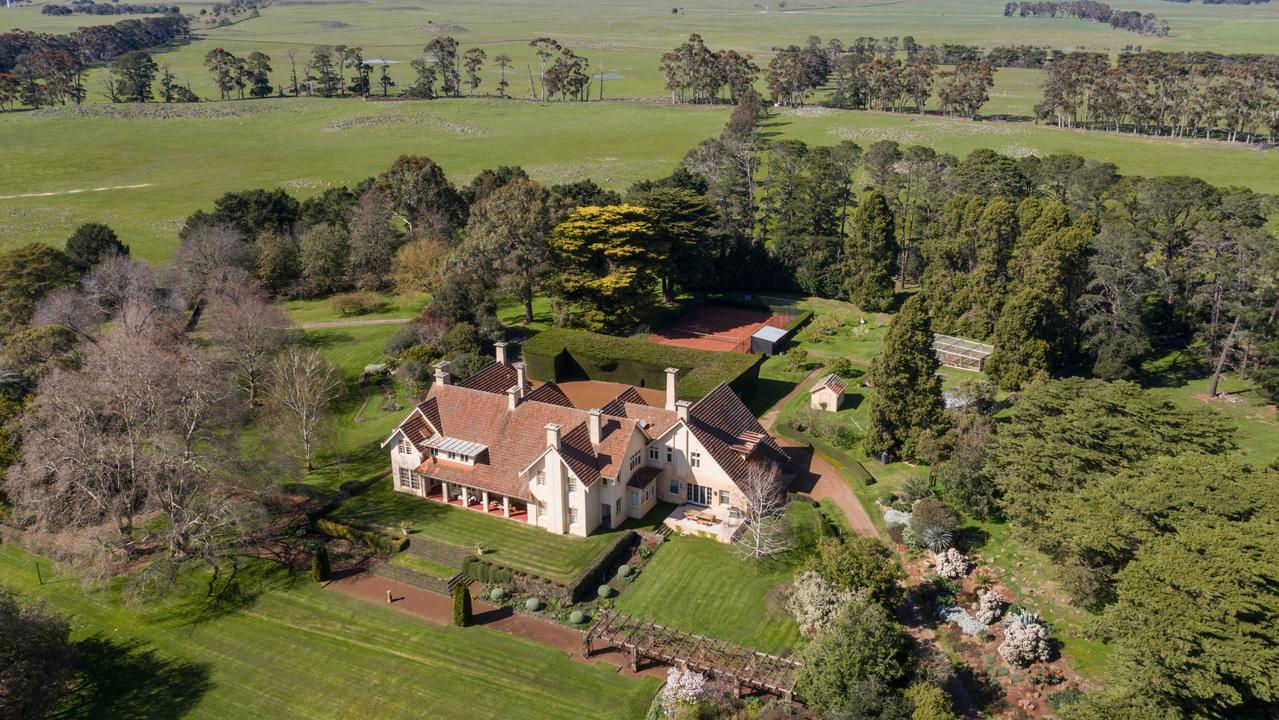
CHINESE BUYING ‘WILL BE BACK’
Meanwhile, figures from the FIRB – which are based on approvals, rather than completed transactions – showed Chinese buyers abandoning the Australian property market last financial year. Chinese investment in residential and commercial real estate fell more than 50 per cent in 2018-19 to $6.07 billion – down from a record $24 billion three years prior.
Georg Chmiel, executive chairman of Chinese property portal Juwai, said in October that the spring market was “suffering”, with inquiries from Chinese buyers having risen in the second quarter only to fall again in the third.
“The good news about Chinese real estate investment is that China’s economy is doing well, buyers have money and motivation, and Australia’s reputation and desirability have soared due to its impressive response to the pandemic,” he said. “The bad news is that transactions have dropped precipitously due to travel bans and other practical difficulties. Chinese buying is down, but it will be back.”
While overall numbers are falling, several high-profile transactions have attracted headlines this year, including the sale of two historic Victorian pastoral properties to Chinese buyers.
In April, One Nation leader Pauline Hanson issued a please-explain to the Prime Minister asking why the FIRB had approved the $25 million sale of the heritage-listed Mawallok Estate – which had not sold via a public campaign since 1847 – to wool magnate Qingnan Wen.
“It’s the first time the property has been publicly sold in more than 170 years,” Ms Hanson, who this week called for Australians to boycott Chinese products for Christmas, said in a social media post. “The buyer is an offshore Chinese billionaire. Cranky? You bet I am!”
That was followed in August by the sale of Yaloak Estate, a 5071-hectare property located near Ballan about 60km west of Melbourne, to Harvest Agriculture, a subsidiary of China-based Guangxi Investment Co Ltd.
Businessman Peter Yunghanns sold the estate – which includes an 1890s-built homestead, several houses, a wind farm and the Yaloak Polo Club – for $60 million, FarmOnline reported.

Further putting the recent falls in perspective, FIRB data shows buyers from mainland China purchased $113.2 billion worth of Australian residential and commercial property in the decade to the 2018-19, accounting for 19.3 per cent of all foreign asset purchases.
Last year, questions were raised about a 32-year-old Chinese-born Australian billionaire, who in the space of two years snapped up six palatial waterfront mansions in Sydney’s Mosman worth $37 million, while apparently living in none of them.
The homes were purchased by Zhang Bo, a business partner of Chinese property developer and political donor Huang Xiangmo, who was stripped of his Australian permanent residency in 2018 and barred from returning to the country.



